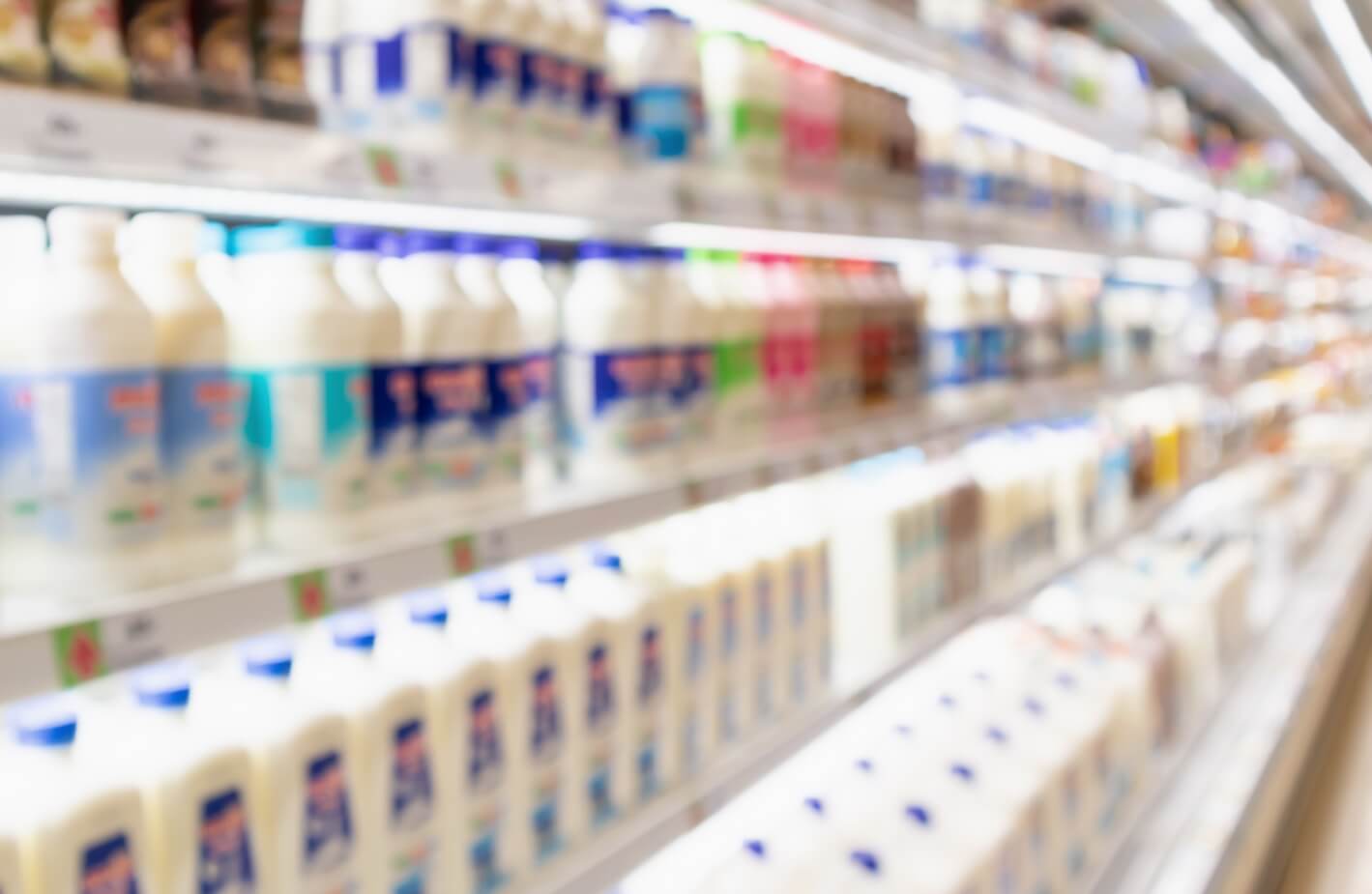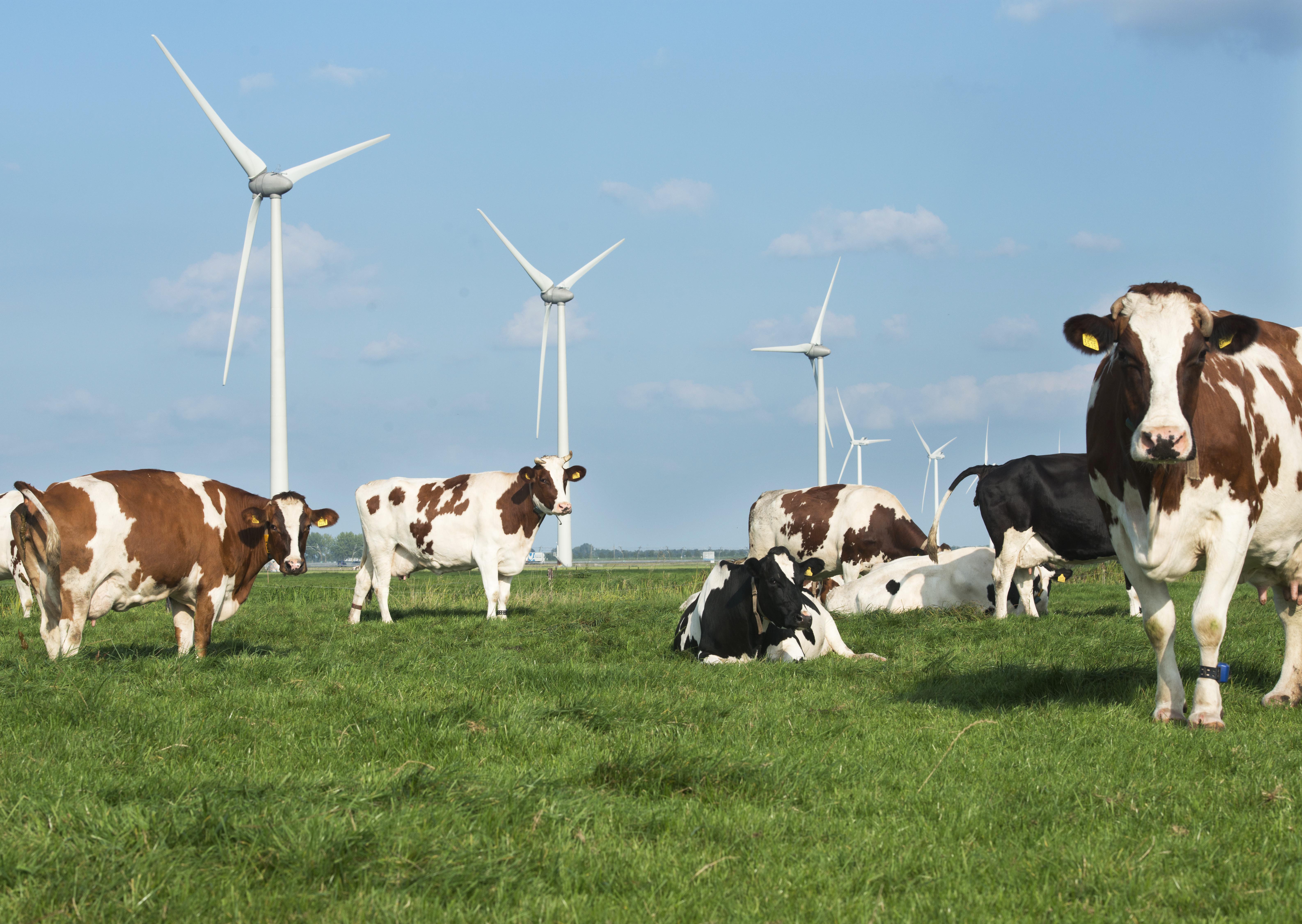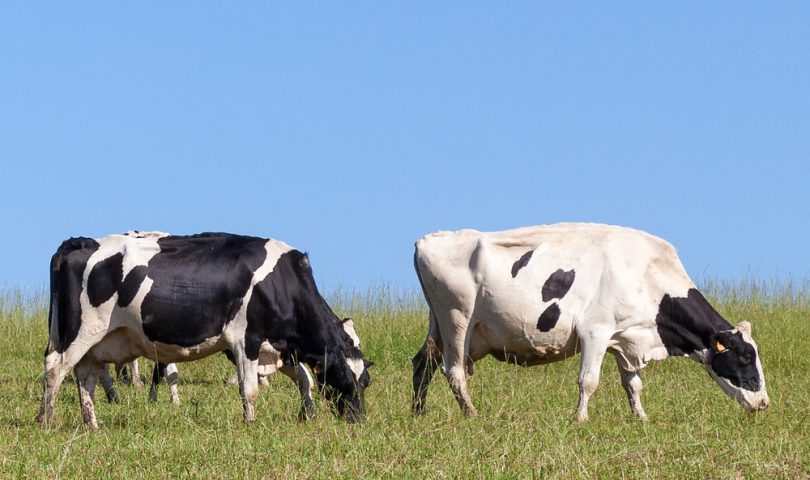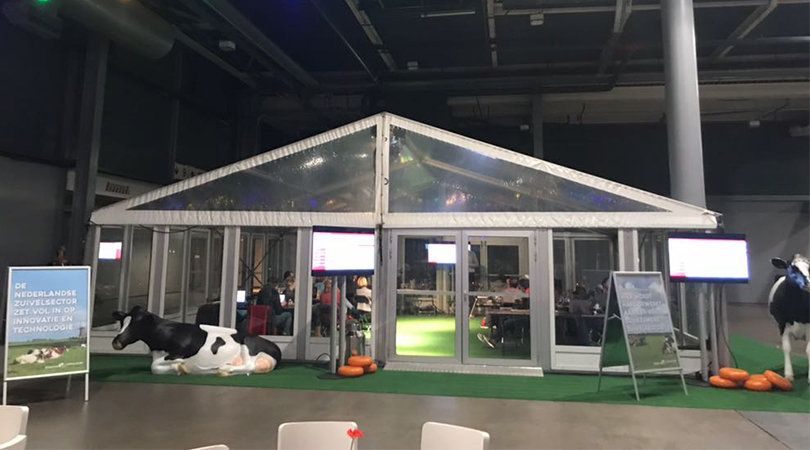
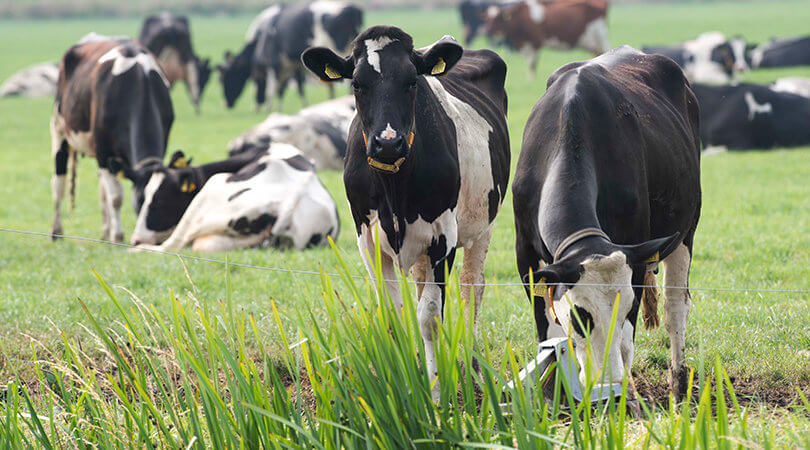
Sustainability
News overviewSlight growth in grazing thanks to newly transitioned farms
Like the previous year, the number of dairy farms with grazing saw slight growth during the last grazing season. This is partly thanks to more than 300 dairy farmers who switched over to grazing in 2016. In 2016, 78.9 percent of dairy farms practiced some form of grazing, 0.6 percent more than the previous grazing season.
The increase is a result of minor growth in the percentage of farms practicing full grazing. In the previous grazing season, 70.5 percent of dairy farms allowed their cows outside six hours per day for at least 120 days. This also represented a 0.6 percent increase from the 2015 season. The percentage of farms practicing partial grazing remained unchanged at 8.4 percent.
The increase is largely thanks to the number of dairy farms that began grazing for the first time. More than 300 dairy farms decided to allow their cows outside again thanks to measures across the dairy chain to encourage grazing at the dairy farm. Dairy companies pay bonuses to farmers who let their cows outside, which in turn allows them to put more products from pasture-raised milk on the market.
The new grazing percentage was announced today during a meeting in Leeuwarden of Grazing Agreement partners, who came together to discuss the initiatives they have undertaken to encourage grazing for dairy cattle.
Nine new players signed the agreement today: the provinces of Drenthe, Friesland, Groningen, Overijssel and Zeeland, the Louis Bolk Institute, Groenhorst MBO, Nordwin College, and Terra MBO. This brings the number of organizations supporting the grazing initiative of LTO Netherlands and the Dutch Dairy Association to 73. Participating parties include dairy farmers and dairy companies, as well as government, supermarket chains, banks, feed suppliers and a range of social organizations.
Accountability
The Sustainable Dairy Chain (a partnership between the Dutch Dairy Association and LTO Netherlands) calculates the grazing level by the percentage of dairy farms which practice some form of grazing (partial or full). That percentage is determined by ZuivelNL, the trade organization for the dairy sector, based on dependable data from 14 individual dairy companies which process milk from Dutch dairy farms. These dairy companies have signed the Grazing Agreement; they process around 98 percent of all milk in the Netherlands. Every December, the Sustainable Dairy Chain publishes the grazing figures from the previous grazing season.
CBS
Statistics Netherlands (the CBS) determines the grazing level based on the Agricultural Census, an annual survey of all agricultural organizations in the Netherlands conducted by the CBS in cooperation with the Netherlands Enterprise Agency. All agricultural organizations in the Netherlands are required to complete the survey.
Based on data on the previous calendar year provided by farmers and on the total national herd, the CBS calculates the percentage of dairy cows which were outside one or more days during the grazing season. The CBS usually publishes this percentage a few months after conducting the survey.
